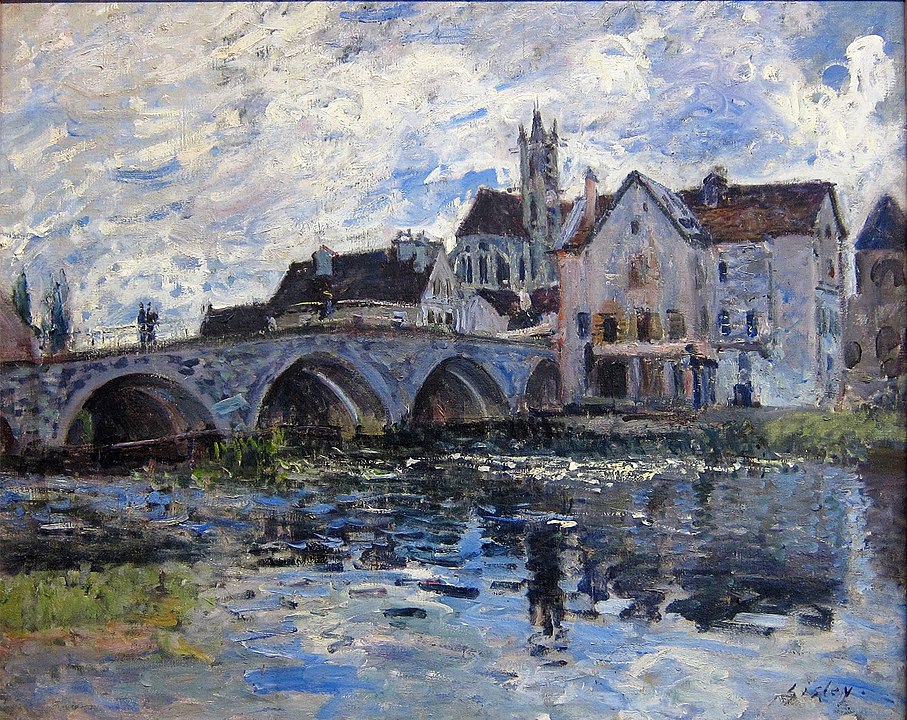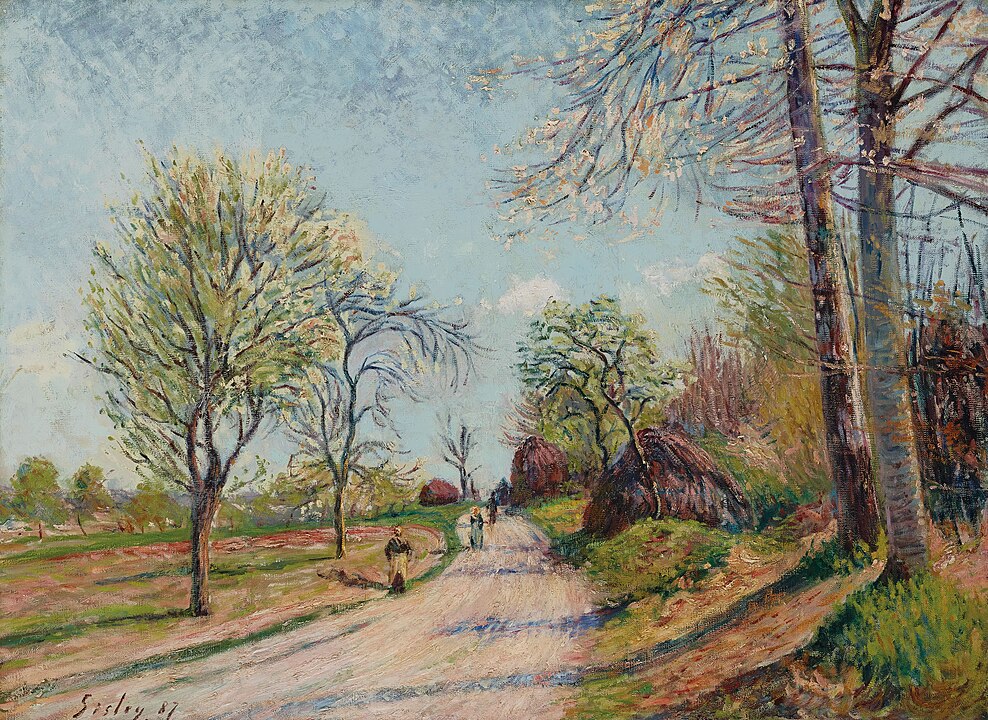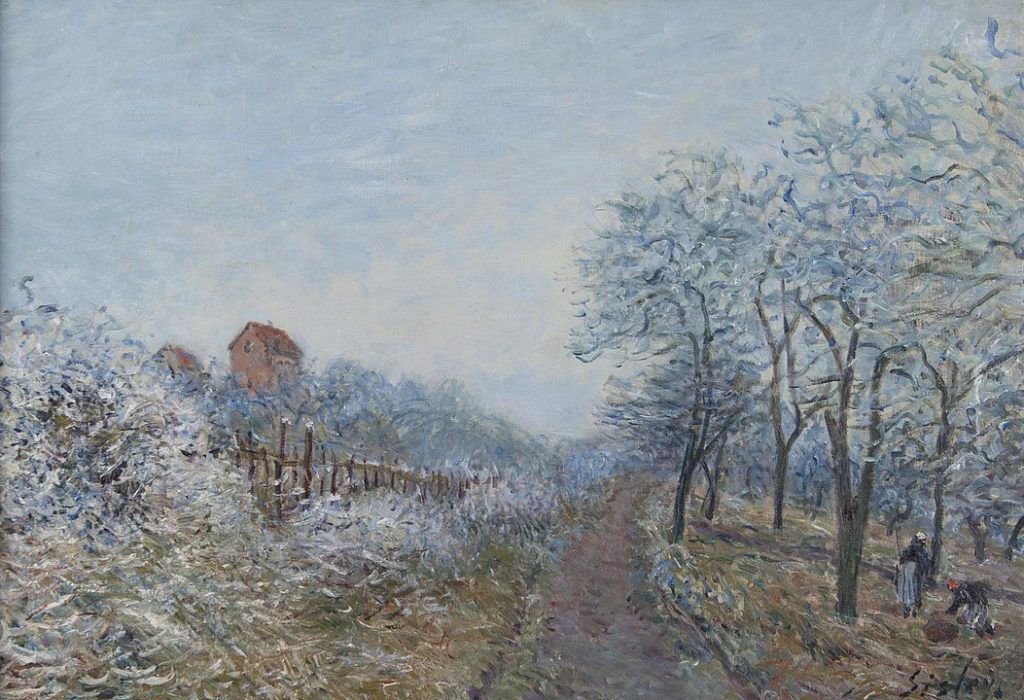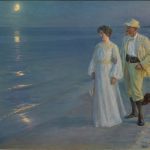
Alfred Sisley (1839–1899) was an English-born Impressionist painter who spent much of his life in France, where he became closely associated with the Impressionist movement. He is particularly known for his landscapes, which often depicted scenes along the banks of the Seine River and the rural countryside.
- Birth and Early Life: Alfred Sisley was born on October 30, 1839, in Paris, to English parents. His father was a successful importer of silk, and Sisley initially worked in the family business. However, his passion for art led him to pursue a career as a painter.
- Move to France: Sisley moved to Paris to study art and became friends with other aspiring artists, including Pierre-Auguste Renoir and Claude Monet. Together, they would later form the core group of the Impressionist movement.

- Impressionist Influences: Sisley was influenced by the ideas of the Impressionist movement, which sought to capture the fleeting effects of light and color in outdoor scenes. He shared the group’s interest in painting en plein air (outdoors) and using loose brushstrokes to convey atmosphere.
- Focus on Landscapes: Landscapes were Sisley’s primary focus, and he often painted scenes of the French countryside, particularly along the Seine River. His works showcased a deep appreciation for nature and a keen observation of changing atmospheric conditions.
- Struggles and Recognition: Unlike some of his fellow Impressionists, Sisley faced financial struggles throughout his life. He struggled to sell his paintings, and his work did not gain widespread recognition during his lifetime.
- Style and Technique: Sisley’s paintings are characterized by their subtle color harmonies, attention to the effects of light, and a commitment to capturing the mood of a scene. His compositions often featured reflections in water, bridges, and the play of light on leaves.

- Later Years and Death: In the later years of his life, Sisley continued to paint despite financial difficulties. Unfortunately, he did not live to see widespread recognition of his contributions to Impressionism. He died on January 29, 1899, in Moret-sur-Loing, a town he had painted frequently.
- Legacy: Today, Alfred Sisley is regarded as a key figure in the Impressionist movement. His contributions to the genre of landscape painting, particularly his dedication to capturing the nuances of light and atmosphere, have earned him a lasting place in the history of art. His works are exhibited in major museums around the world, and he is celebrated for his commitment to the principles of Impressionism.




